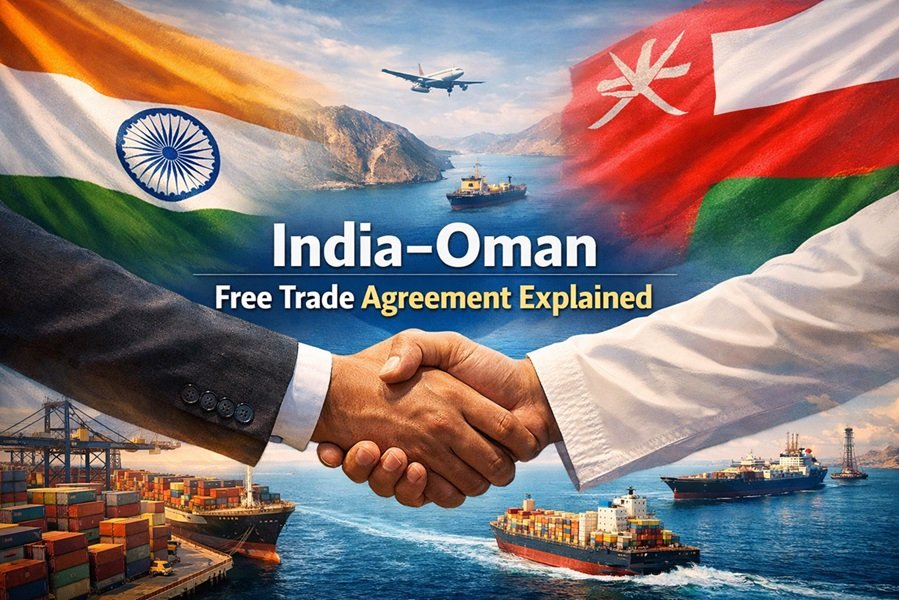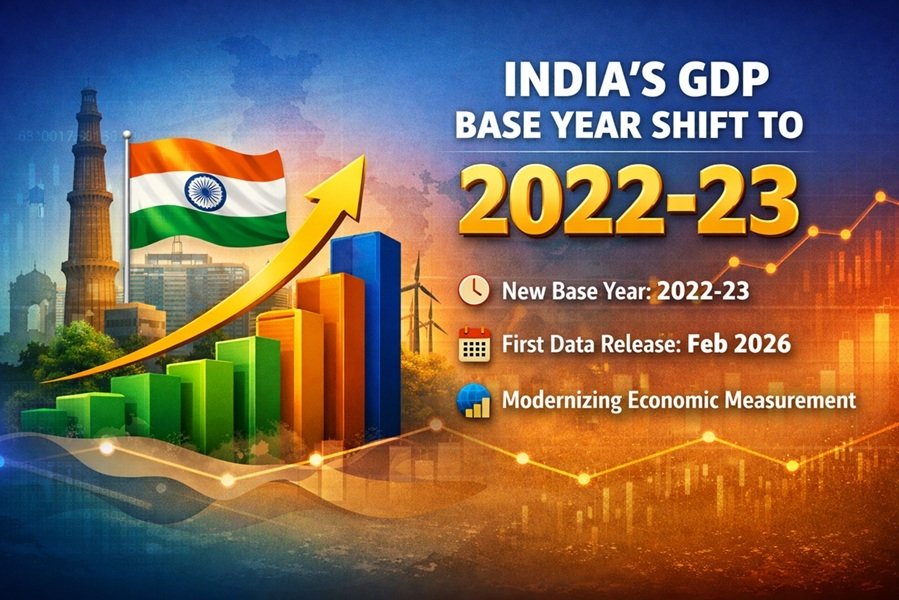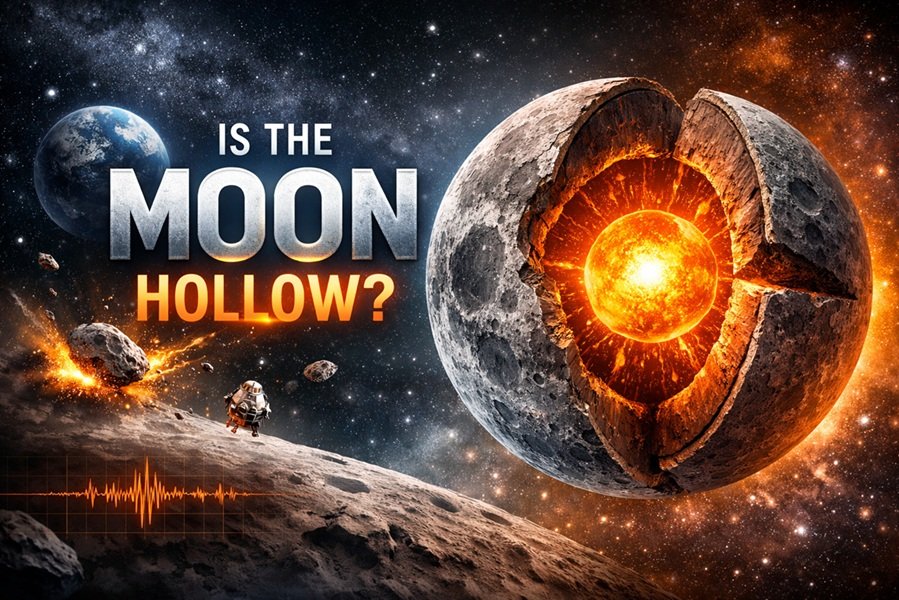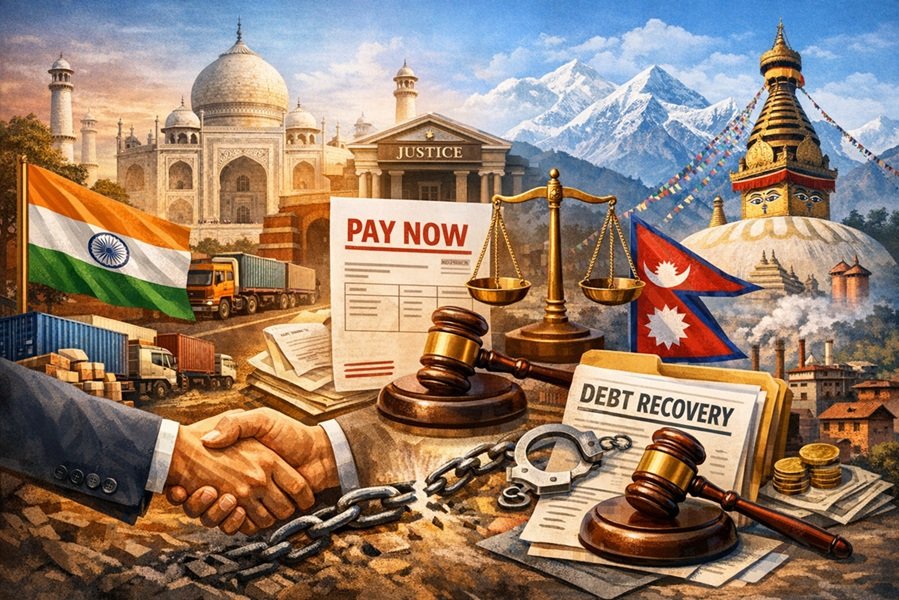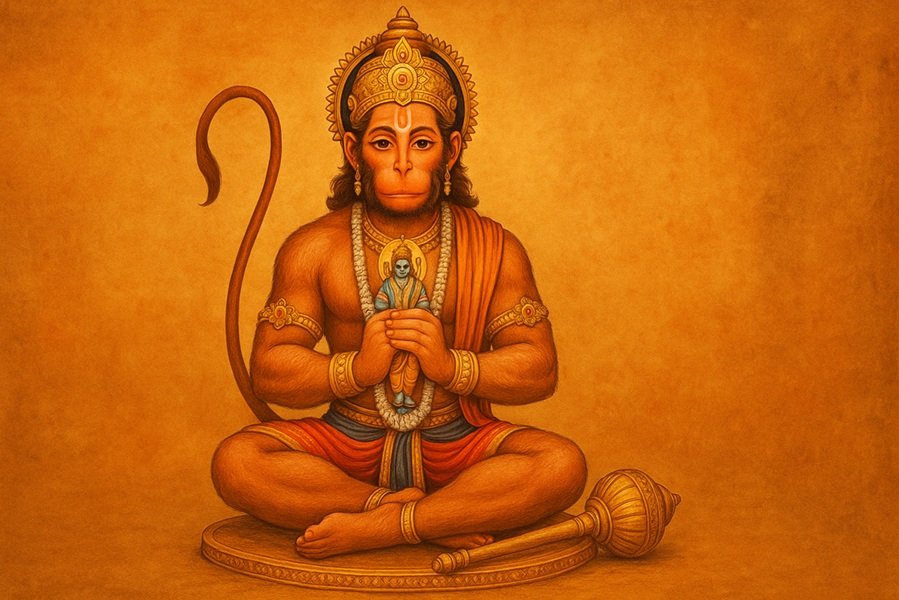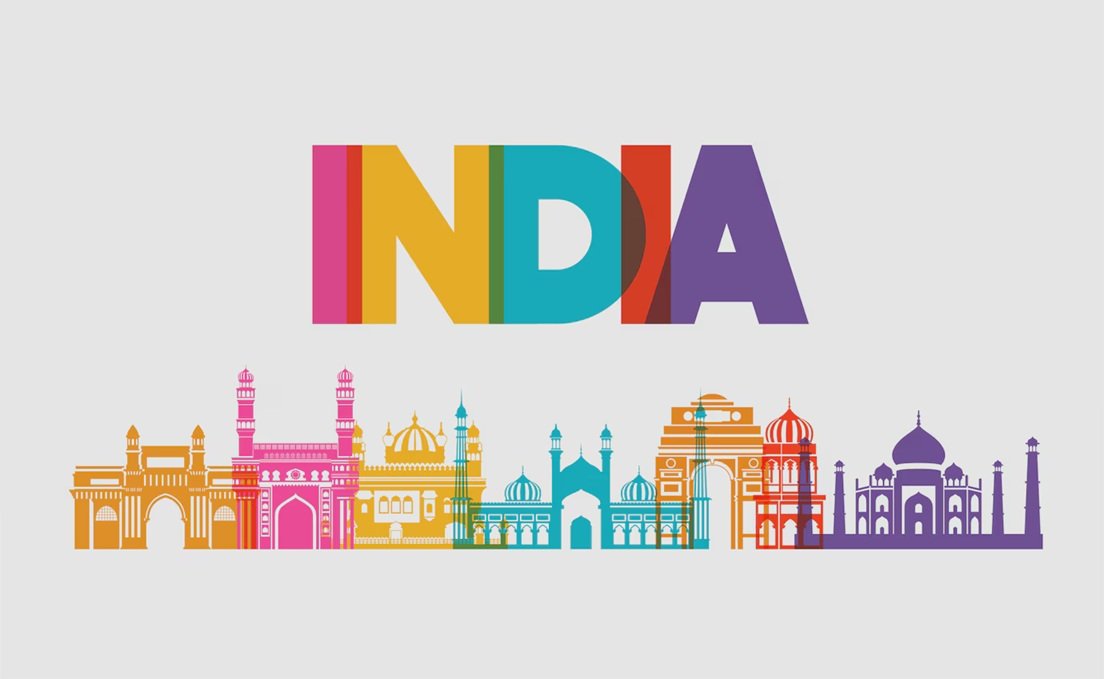
22 Official Languages of India – List, History, and “Mera Bharat Mahan” in All Languages
India is one of the most linguistically diverse countries in the world. The Eighth Schedule of the Indian Constitution officially recognizes 22 languages, reflecting the cultural and linguistic richness of the country. These languages are used in government communication, education, public administration, and official purposes.
Let’s explore these languages in detail, their origins, significance, and how we say “Mera Bharat Mahan” in each of them.
Read this: Bhojpuri, Magahi, and Maithili: The Linguistic Tapestry of Bihar
🗓️ Historical Background
When the Indian Constitution came into force in 1950, it originally recognized 14 languages under the Eighth Schedule. Over time, this list was expanded through constitutional amendments, and as of now, there are 22 official languages.
These languages are recognized under Article 344(1) and Article 351 of the Indian Constitution.
List of 22 Official Languages of India (with “Mera Bharat Mahan” Translation)
Here’s the list of all 22 official languages, along with their script, region/state, and the translation of the patriotic phrase “Mera Bharat Mahan” (My India is Great).
| S.No | Language Name | Script | Widely Spoken In | “Mera Bharat Mahan” |
|---|---|---|---|---|
| 1. | Assamese | Assamese | Assam | মোৰ ভাৰত মহান |
| 2. | Bengali | Bengali | West Bengal, Tripura | আমার ভারত মহান |
| 3. | Bodo | Devanagari | Assam (Bodoland) | मेरो भारत महाऩ |
| 4. | Dogri | Devanagari | Jammu & Kashmir | मेरा भारत महान |
| 5. | Gujarati | Gujarati | Gujarat | મારું ભારત મહાન |
| 6. | Hindi | Devanagari | Across India (official language) | मेरा भारत महान |
| 7. | Kannada | Kannada | Karnataka | ನನ್ನ ಭಾರತ ಮಹಾನ್ |
| 8. | Kashmiri | Devanagari / Perso-Arabic | Jammu & Kashmir | میٖژ ہندوستان عظیم چھُ |
| 9. | Konkani | Devanagari | Goa | माझो भारत महान |
| 10. | Maithili | Devanagari | Bihar | हमर भारत महान |
| 11. | Malayalam | Malayalam | Kerala | എന്റെ ഭാരതം മഹത്തായത് |
| 12. | Manipuri (Meitei) | Meitei Mayek / Bengali | Manipur | ꯃꯦꯔꯥ ꯕꯍꯔꯥꯠ ꯃꯍꯅ |
| 13. | Marathi | Devanagari | Maharashtra | माझा भारत महान |
| 14. | Nepali | Devanagari | Sikkim, Darjeeling | मेरो भारत महान |
| 15. | Odia | Odia | Odisha | ମୋର ଭାରତ ମହାନ |
| 16. | Punjabi | Gurmukhi | Punjab | ਮੇਰਾ ਭਾਰਤ ਮਹਾਨ |
| 17. | Sanskrit | Devanagari | Pan-India (Classical) | मम भारतः महान् |
| 18. | Santali | Ol Chiki | Jharkhand, Odisha, WB | ᱢᱮᱨᱟ ᱵᱷᱟᱨᱟᱛ ᱢᱟᱦᱟᱱ |
| 19. | Sindhi | Devanagari / Arabic | Rajasthan, Gujarat, Sindhi diaspora | मेरो भारत महान |
| 20. | Tamil | Tamil | Tamil Nadu, Puducherry | என் இந்தியா மகத்துவம் வாய்ந்தது |
| 21. | Telugu | Telugu | Andhra Pradesh, Telangana | నా భారత్ మహానుగా ఉంది |
| 22. | Urdu | Perso-Arabic | Jammu & Kashmir, Telangana, UP | میرا بھارت مہان |
Linguistic Diversity and Unity
India’s unity lies in its diversity, and languages are the backbone of cultural identity. The official recognition of these languages ensures:
- Cultural preservation
- Linguistic representation
- Equal access to government services
- Promotion of regional literature and media
🇮🇳 National Language vs Official Languages
Contrary to common belief, India does not have a “national language.” However, Hindi (in Devanagari script) and English are used for official purposes of the Union Government. The 22 languages in the Eighth Schedule are recognized for state and regional governance, judiciary, and education.
Importance in Competitive Exams and Governance
Knowledge about the 22 official languages is useful for:
- UPSC and state PSC exams
- Language policy understanding
- Multilingual governance and public communication
- Promoting cultural empathy and respect
Constitutional Amendments and Dates
| Amendment | Year | Added Languages |
|---|---|---|
| 21st | 1967 | Sindhi |
| 71st | 1992 | Konkani, Manipuri, Nepali |
| 92nd | 2003 | Bodo, Dogri, Maithili, Santali |
Explore
- History of Indian Scripts: From Brahmi to Devanagari
- Kaithi Script (कैथी लिपि): A Forgotten Legacy of Bihar and UP
- The Hidden Meaning Behind Indian City Names: Understanding ‘Pur’, ‘Baad’, and More
- Why BHARAT (INDIA) Uses ‘Union of States’ Instead of a ‘Federation’
💬 Conclusion
The 22 official languages of India stand as a proud testament to our “Unity in Diversity.” While each state has its own linguistic identity, the shared values and pride in “Bharat” bind us all together.
Let us celebrate this diversity and cherish every language, for they carry the soul of our people.
मेरा भारत महान!
